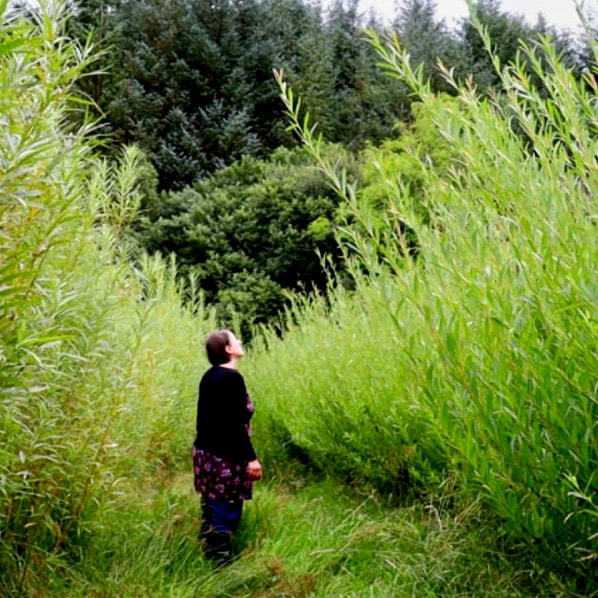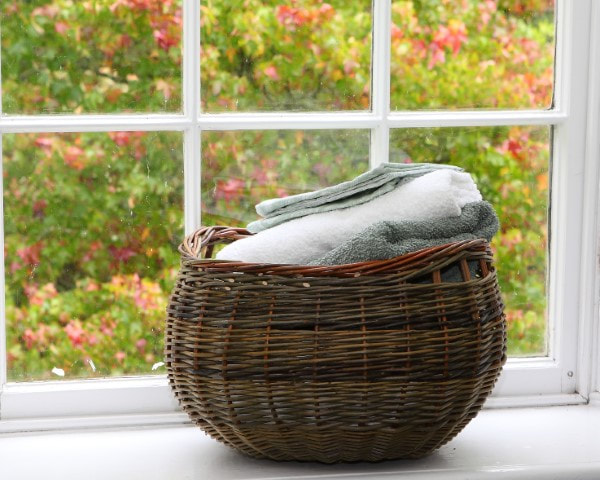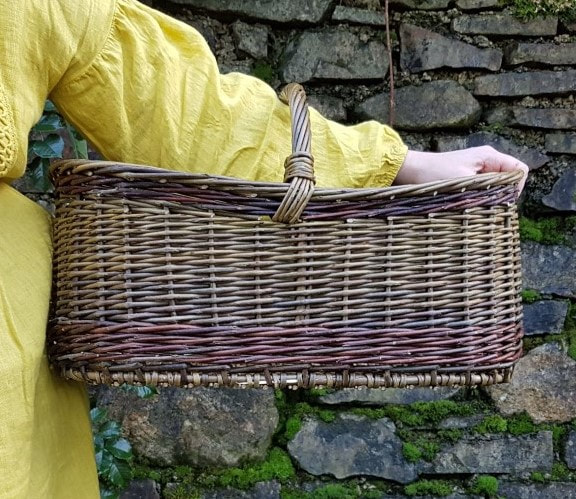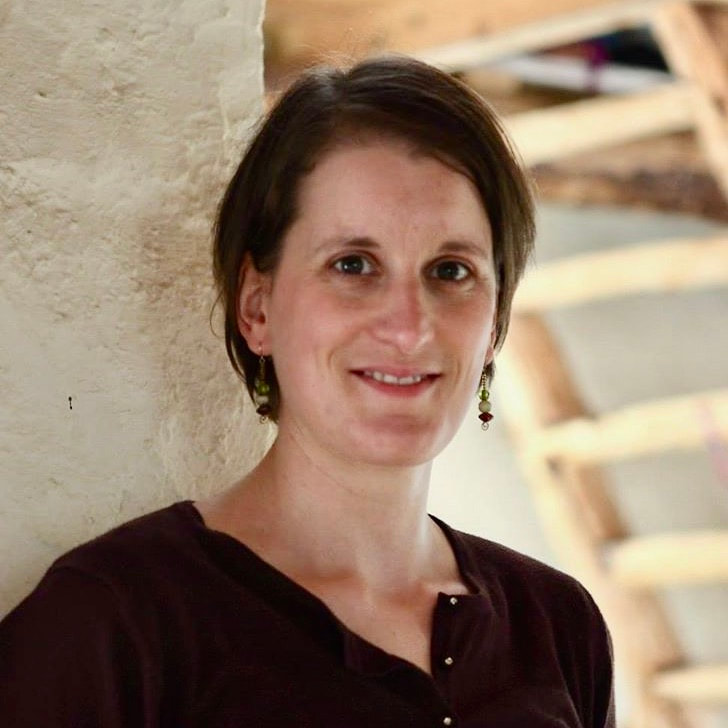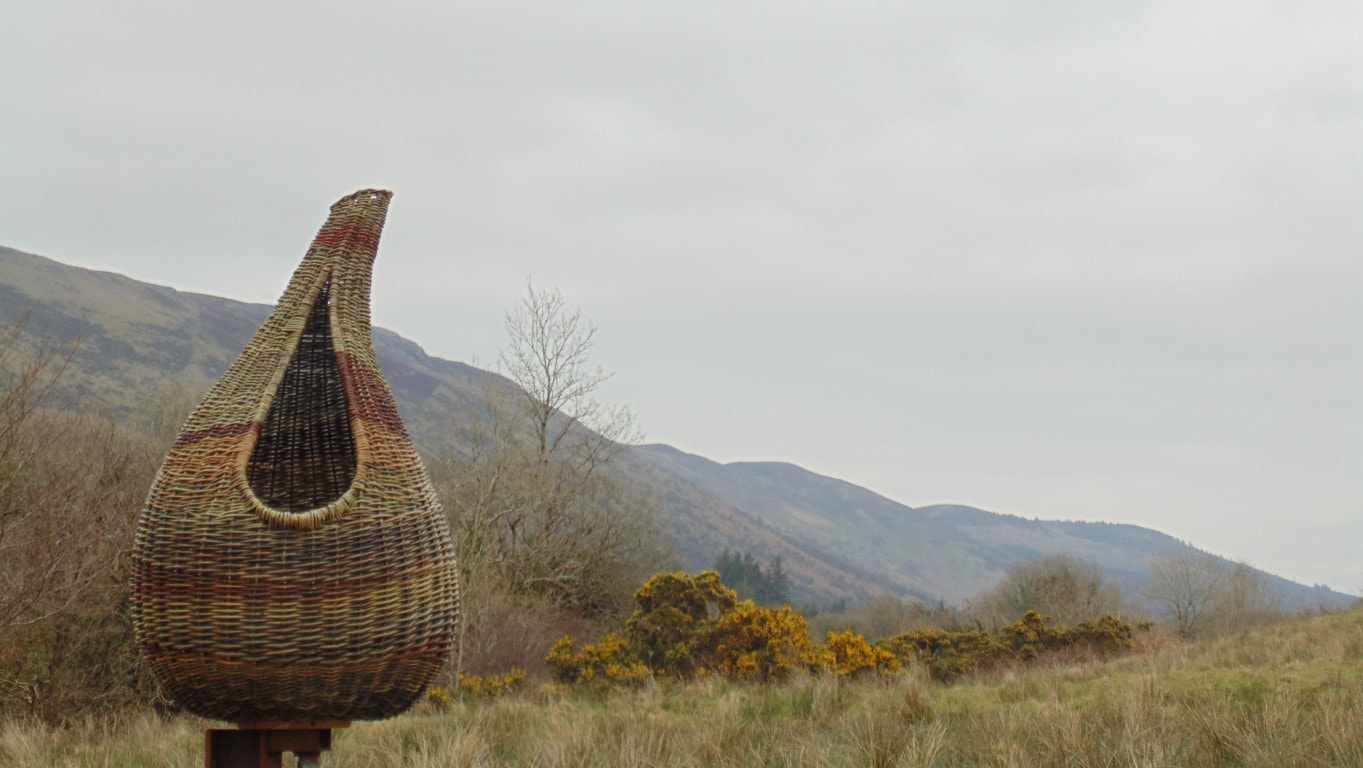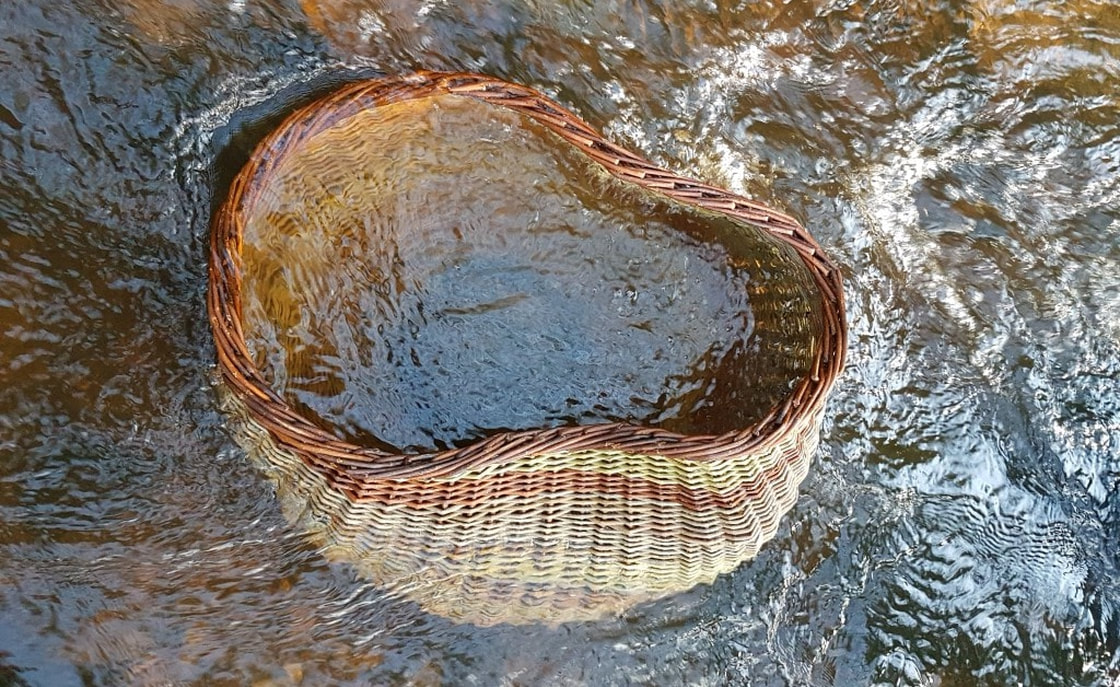a conversation with willow weaver Hanna Van Aelst
° ° °
"To take something from the natural environment and craft it, to sit with it and not give up, to do the same movements over and over and over again, to create – I think a lot of people feel the need to go back to these basics, to our older knowledge, before we lose it."
